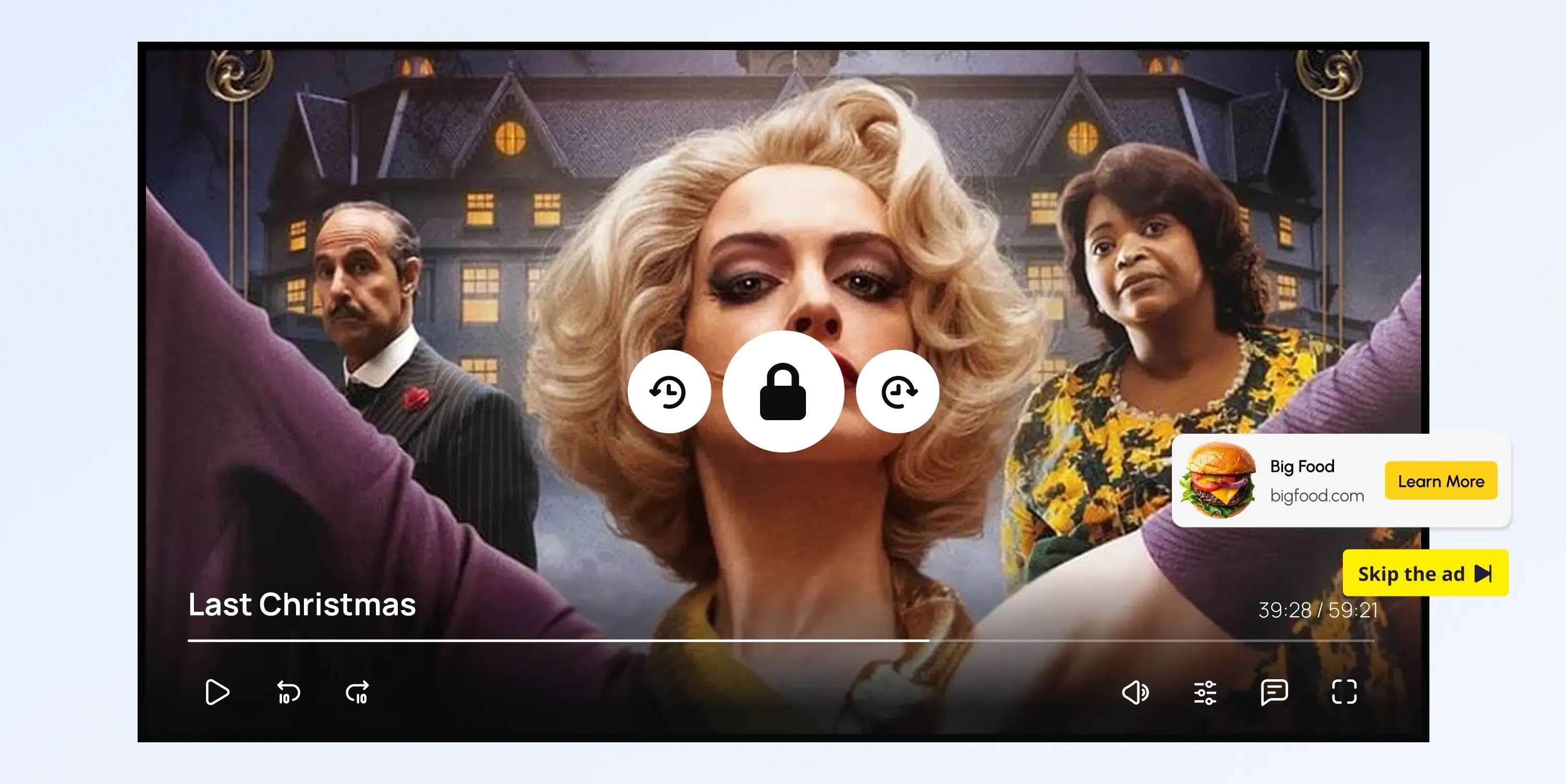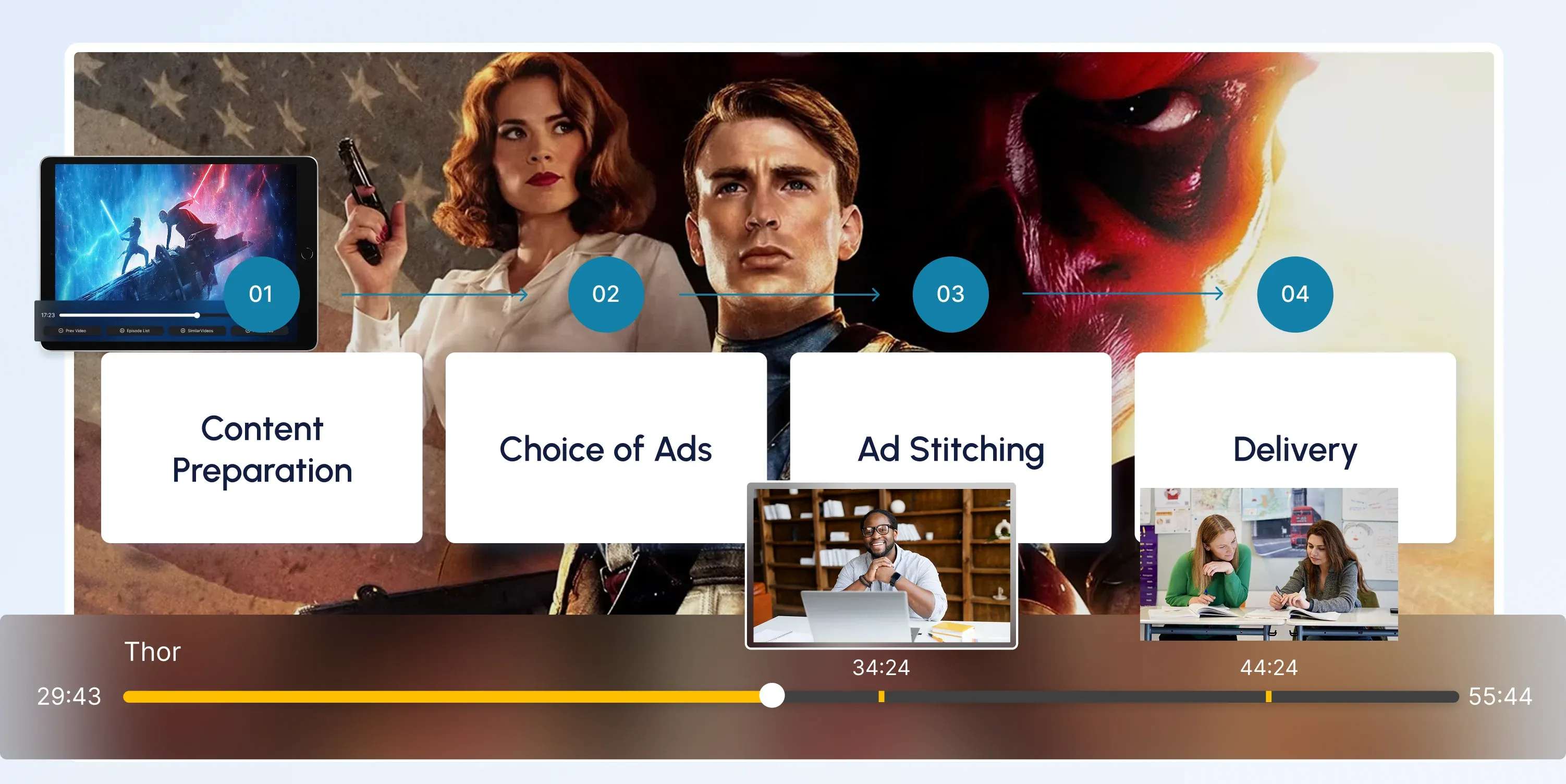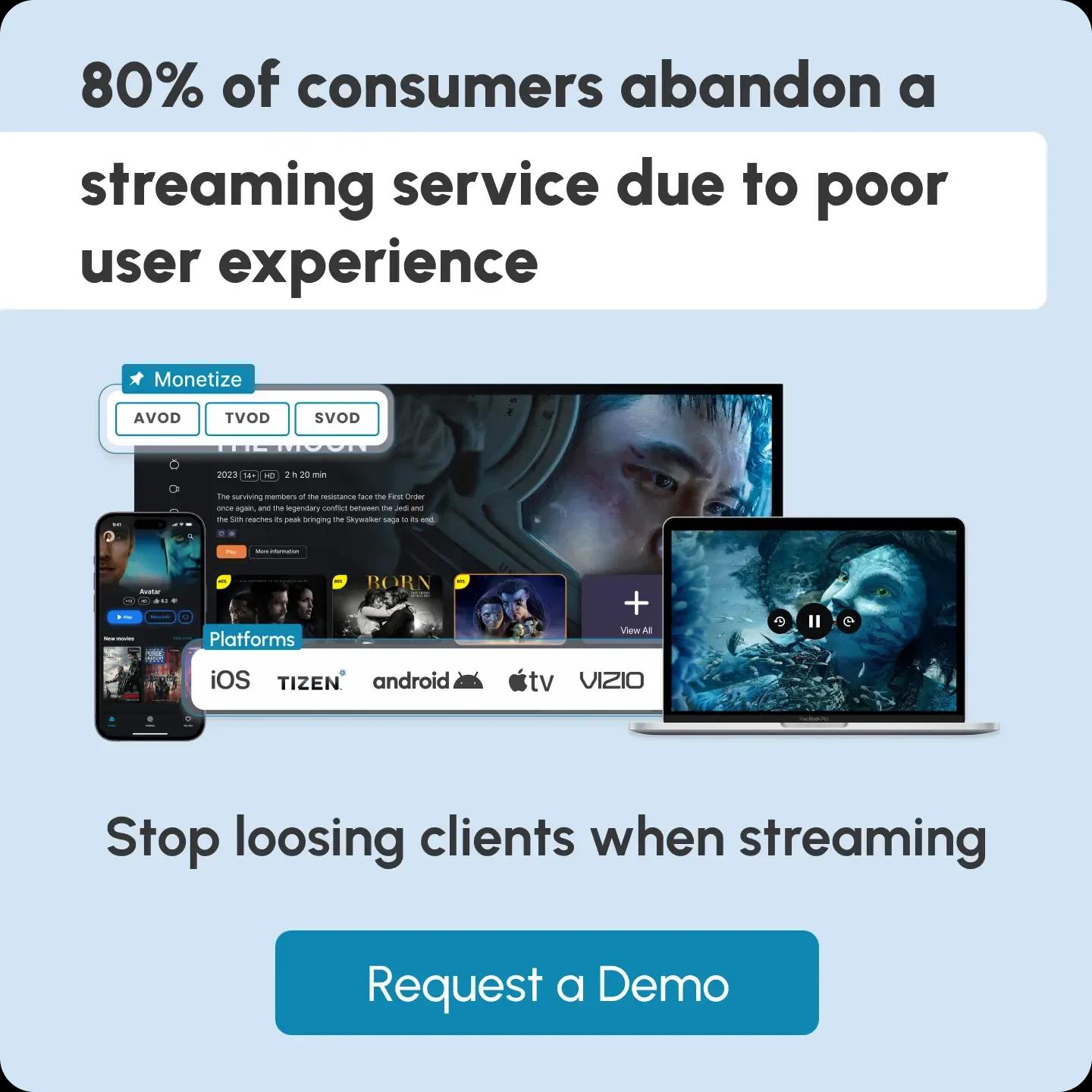Glossary term
Linear TV

What Is Linear TV?
Linear TV refers to traditional television programming where content is broadcast on a fixed schedule. Viewers must tune in at specific times to watch shows on particular channels. Works just like cable or satellite TV.
Content is aired at specific times on specific channels, and viewers must join in live or use a DVR (digital video recorder) to record it.
Linear TV = Traditional, scheduled television broadcasting
Key Characteristics of Linear Television
1. Scheduled Programming
Content airs at specific times — viewers must watch live or record it.
2. Limited Viewer Control No ability to pause, rewind, or choose what to watch on demand (unless using a DVR).
3. Broadcast via Traditional Means
Delivered through cable, satellite, or over-the-air (antenna) signals.
4. Channel-Based Viewing
Viewers browse through numbered channels instead of choosing titles.
5. Targeted by Time Slots, Not Individuals
Advertising and programming are aimed at broad demographics, not personalized preferences.
6. Live Events and News
Often preferred for real-time content like sports, award shows, or breaking news.
What is Linear Streaming?
Linear Streaming is a method of watching live TV channels streamed over the internet in real-time, following a fixed schedule, similar to traditional linear TV, but delivered online.
Viewers tune in to the stream at specific times to watch scheduled programs without needing cable or satellite, using apps or devices connected to the internet.
The Difference Between Linear TV and Linear Streaming
Traditional Linear TV doesn’t need the internet — it works through cable, satellite, or antenna signals with scheduled programming.
Linear streaming, however, is live TV delivered over the internet, so it does require an internet connection.
Linear TV vs Connected TV (CTV)
| Aspect | Linear TV | Connected TV (CTV) |
|---|---|---|
| Content Access | Scheduled broadcast only | On-demand via internet-connected devices |
| Control | Minimal control | Full control (pause, skip, rewind) |
| Delivery Method | Cable, satellite, antenna | Internet, through smart TVs or devices |
| Devices Used | Traditional TVs | Smart TVs, Roku, Fire TV, Apple TV, etc. |
| Ad Targeting | Broad, time-slot based | Hyper-targeted using household/viewer data |
| Best For | Live events, news, and older audiences | Streaming with a big-screen experience |
Linear TV vs OTT (Over-The-Top)
| Aspect | Linear TV | OTT (Over-The-Top) |
|---|---|---|
| Content Delivery | Cable, satellite, or antenna | Via the internet (bypasses traditional providers) |
| Viewing Schedule | Fixed broadcast schedule | On-demand — watch anytime |
| Control | Little to no control | Full control — pause, rewind, skip |
| Devices | Traditional TVs only | Smartphones, tablets, laptops, and smart TVs |
| Ad Targeting | Broad, based on time slots and channels | Targeted based on user behavior and data |
| Platform Examples | NBC, CBS, BBC, FOX | Netflix, YouTube, Disney+, Hulu, Prime Video |
Frequently Asked Questions
Content Writer
Anush Sargsyan is a content writer specializing in B2B content about OTT streaming technologies and digital media innovation. She creates informative, engaging content on video delivery, OTT monetization, and modern media technologies. The goal is to help readers easily understand complex ideas. Her writing is the bridge between technical detail and practical insight, making advanced concepts accessible for both industry professionals and general audiences.
Related terms

AVOD (Advertising-Based Video on Demand)
Explore how AVOD works, its monetization model, and why it's popular for free streaming platforms. Read the full definition on inorain.com glossary.

CSAI (Client-Side Ad Insertion)
Learn how CSAI delivers ads through the video player, enabling targeting, tracking, and monetization.

